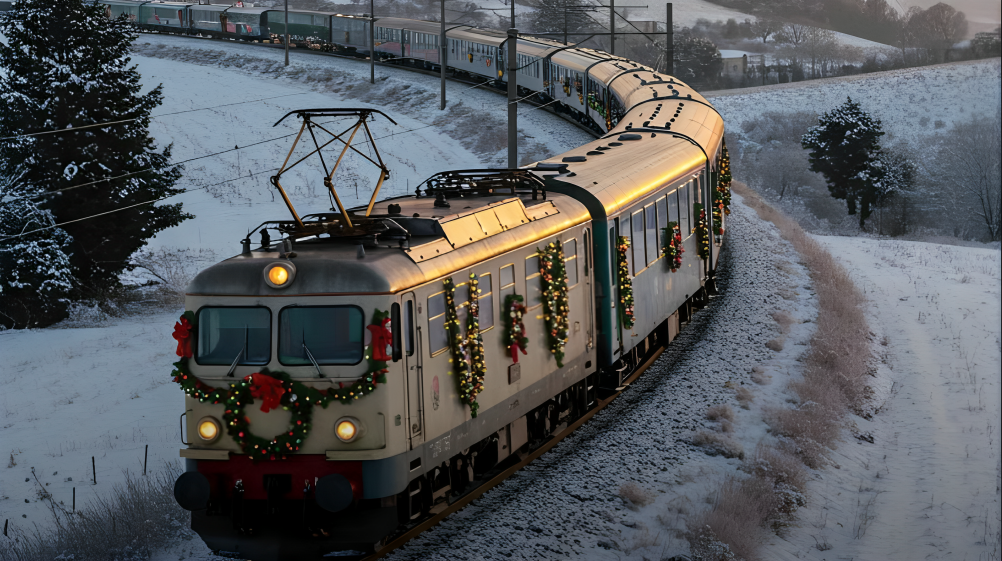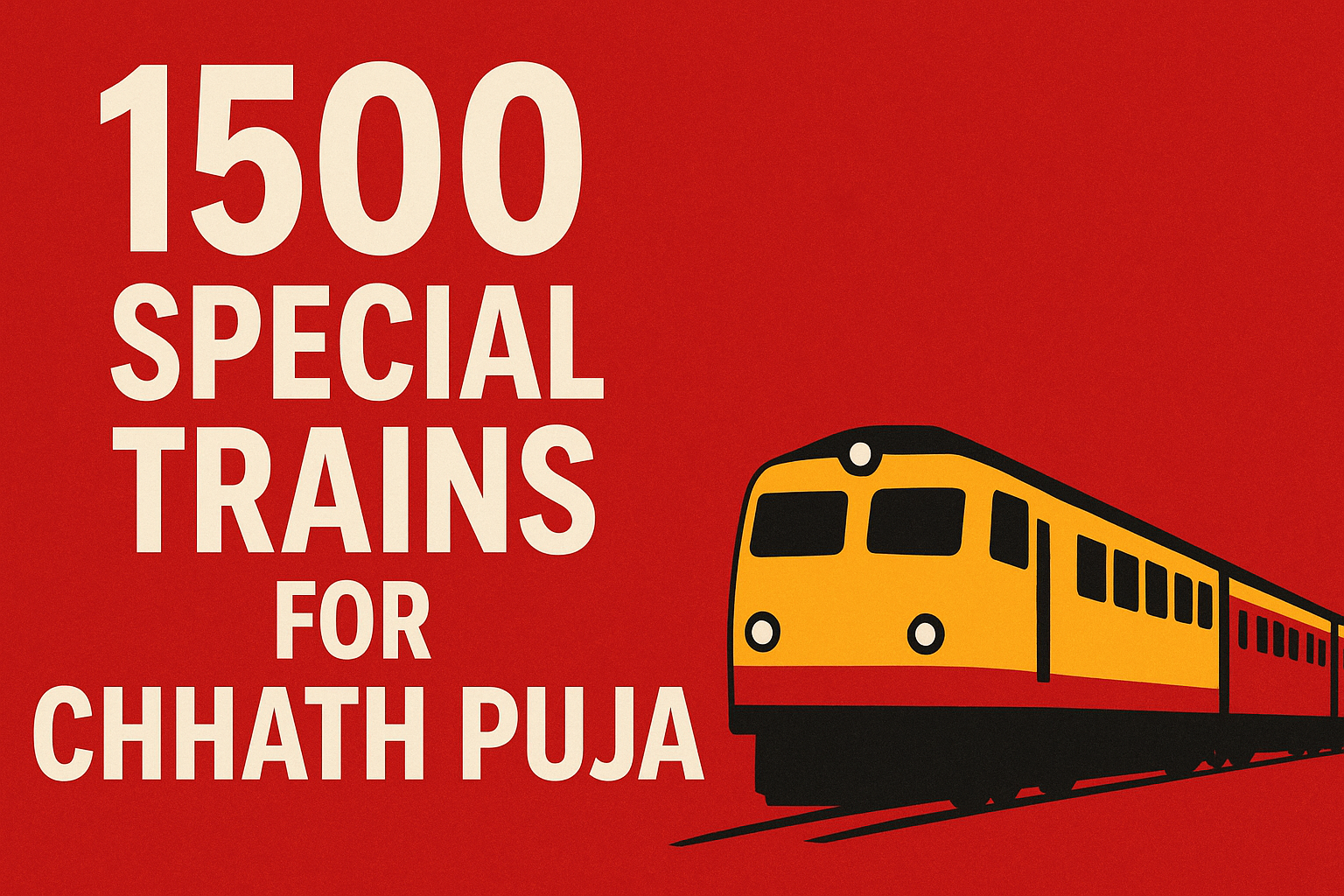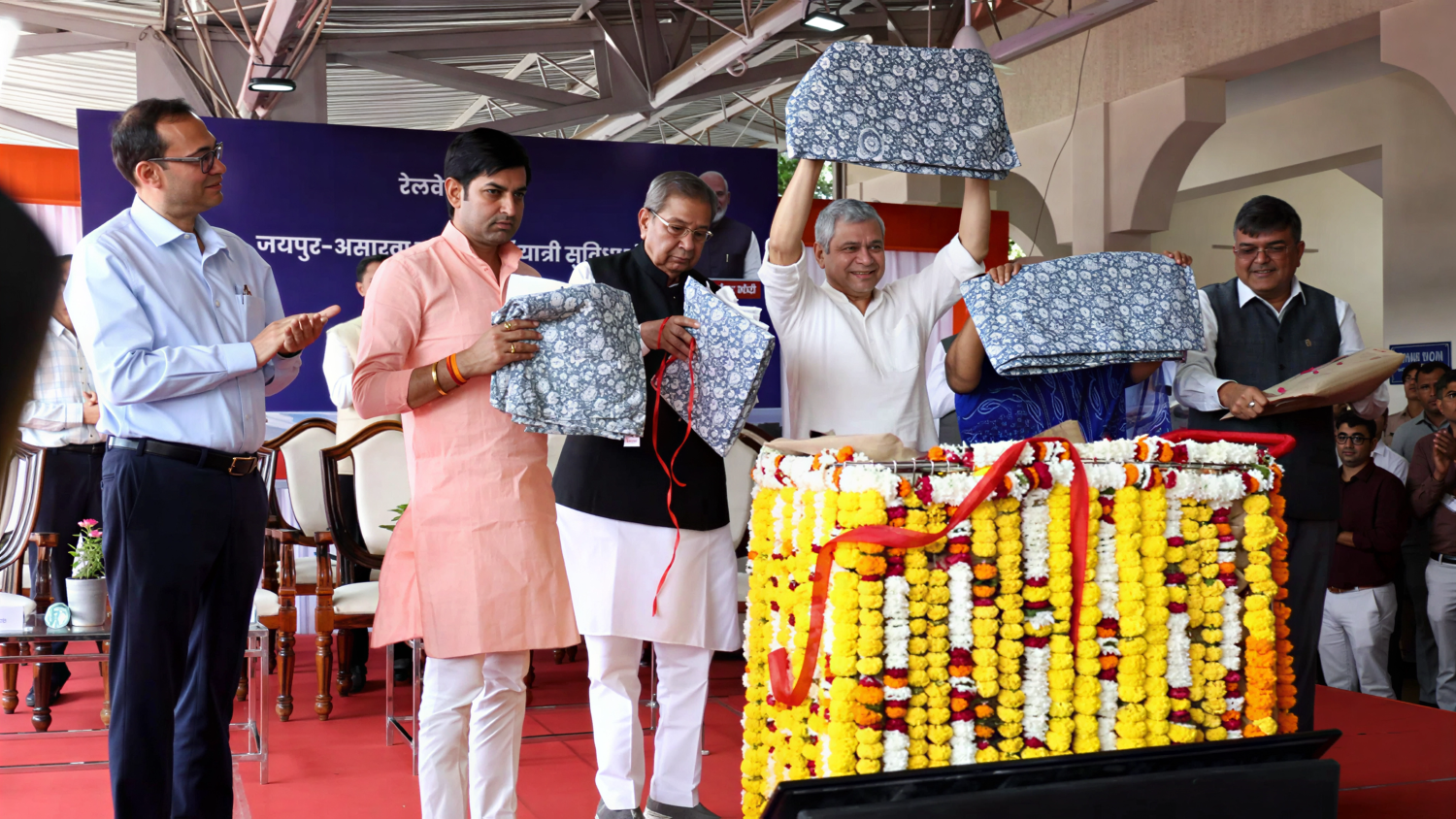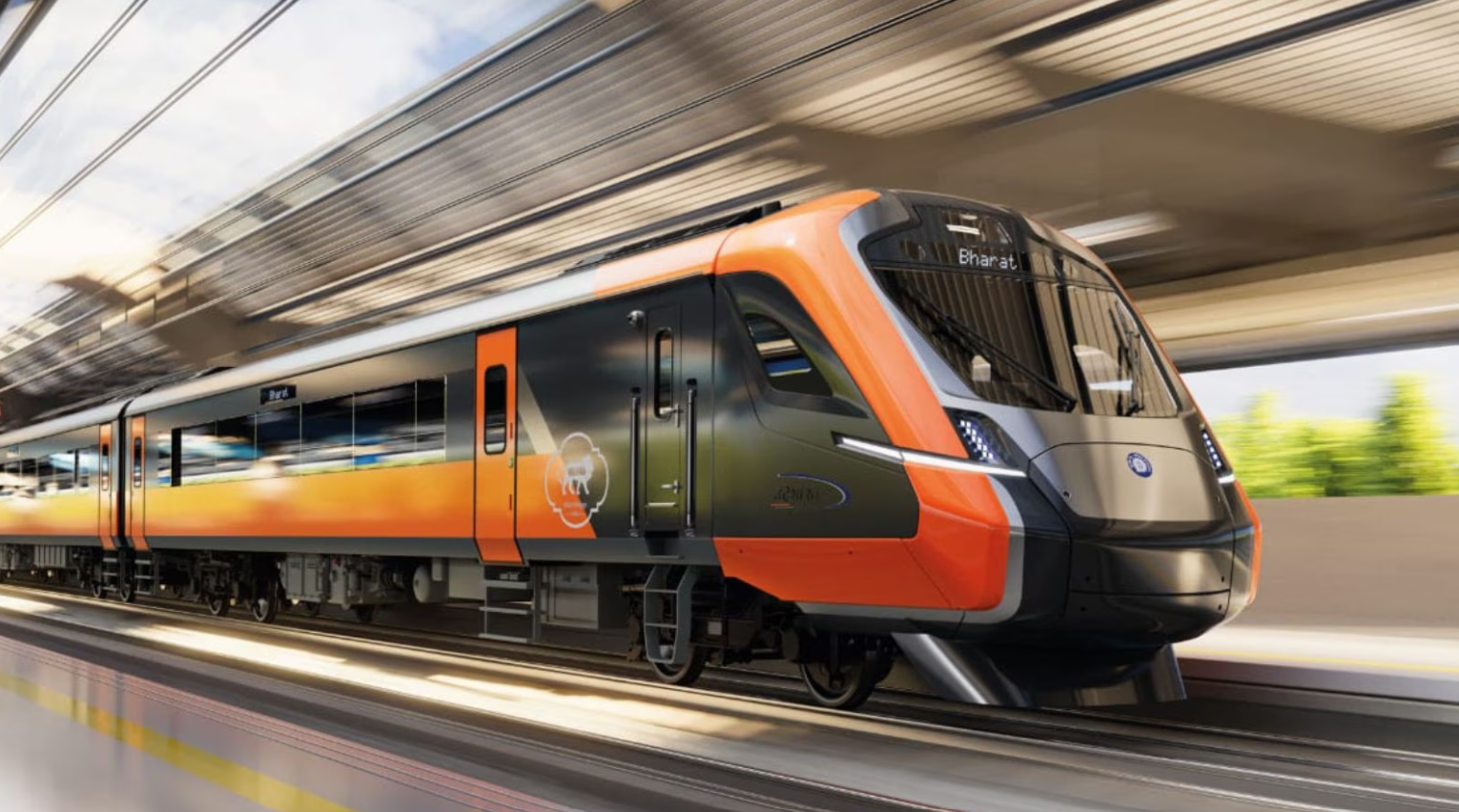The future of mobility in North India is accelerating with the Namo Bharat Rapid Rail — a project that promises to transform how millions of people commute daily across Delhi, Haryana, and Rajasthan. As India’s first semi-high-speed regional transit system gears up for its next big expansion from Meerut to Alwar, the new corridor stands as a symbol of modern connectivity, bridging industries, cities, and communities with unprecedented efficiency.
_0_1200.jpg.webp)
Connecting The Heart Of North India
The Namo Bharat Rapid Rail, officially known as the Regional Rapid Transit System, already operates successfully on the Delhi to Meerut route, cutting travel time between the two cities to less than an hour. Now, the planned extension to Alwar will add a 164-kilometre stretch that links key hubs like Sarai Kale Khan, Cyber City, Manesar, Dharuhera, and Bawal.
The Haryana government’s recent approval to extend the corridor up to Bawal instead of ending at Dharuhera marks a major milestone. This extension will directly benefit thousands of industries, logistics parks, and start-ups across the region, unlocking new opportunities for trade and employment. With 22 stations planned along the way, the corridor is designed to provide seamless access to major economic zones while enhancing regional integration.
Faster, Smarter, And Sustainable Travel
Built for top speeds of 160 km per hour, the Namo Bharat trains will allow passengers to travel from Delhi to Alwar in under two hours — a journey that currently takes almost five. This remarkable reduction in travel time will change the daily rhythm for commuters and businesses alike, giving people more time for productivity and family.
The trains are designed with comfort and innovation at their core. Passengers can expect air-conditioned coaches, ergonomic seating, real-time journey updates, and USB charging ports. Stations will feature world-class facilities like Wi-Fi, platform screen doors, digital ticketing systems, and easy access to Delhi Metro and other local transit services. Sustainability is another pillar of the project, with solar-powered stations and energy-efficient systems aligning perfectly with India’s green mobility goals.
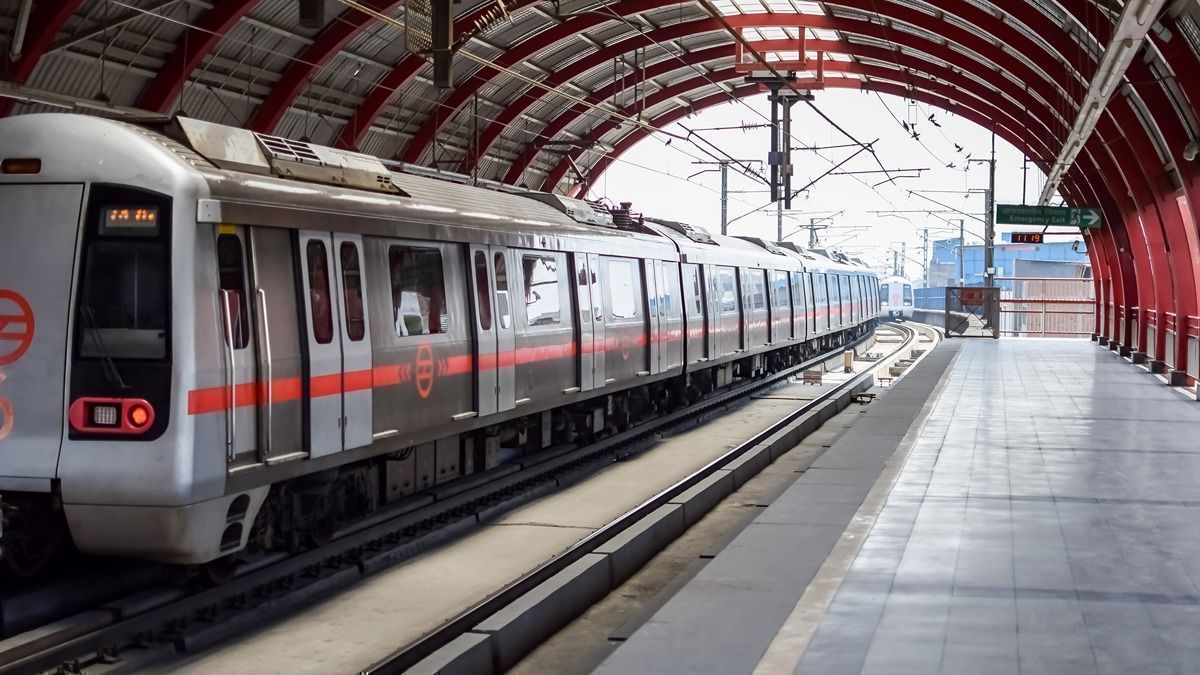
A Catalyst For Economic Growth
The Meerut–Alwar corridor is more than a transport project — it is an economic engine in motion. By linking Delhi’s commercial centers with Haryana’s industrial zones and Rajasthan’s emerging business districts, the Namo Bharat Rapid Rail will strengthen regional supply chains, reduce logistics costs, and attract fresh investments. Industrial areas like IMT Manesar, the Manesar–Bawal Investment Region, and the Multi-Modal Logistics Hub in Bawal are expected to witness massive growth once the line becomes operational.
Construction on the Delhi–Gurugram–Shahjahanpur–Neemrana–Behror stretch is progressing rapidly. Viaducts, pillars, and underground sections are already visible, and the full Delhi–Alwar route is expected to open in phases between 2028 and 2029.
The Road Ahead
The Namo Bharat Rapid Rail embodies India’s vision for a connected and sustainable future under the PM Gati Shakti Master Plan. Once operational, this corridor will redefine regional mobility — connecting cities, reducing congestion, and promoting economic balance across states. For millions in the NCR, it represents not just faster travel, but a lifestyle upgrade toward smarter, cleaner, and more efficient commuting.
Follow Travel Moves on Instagram and Facebook for more updates on India’s most ambitious travel projects, destination trends, and smart mobility stories that are shaping the future of travel.

